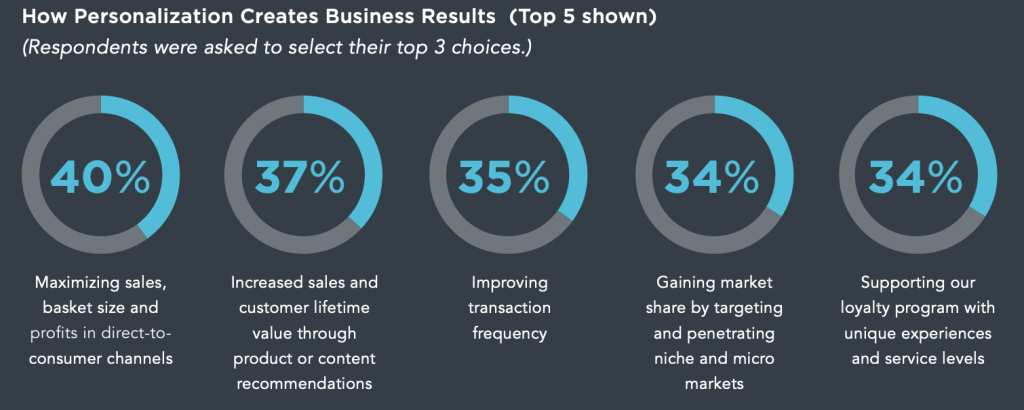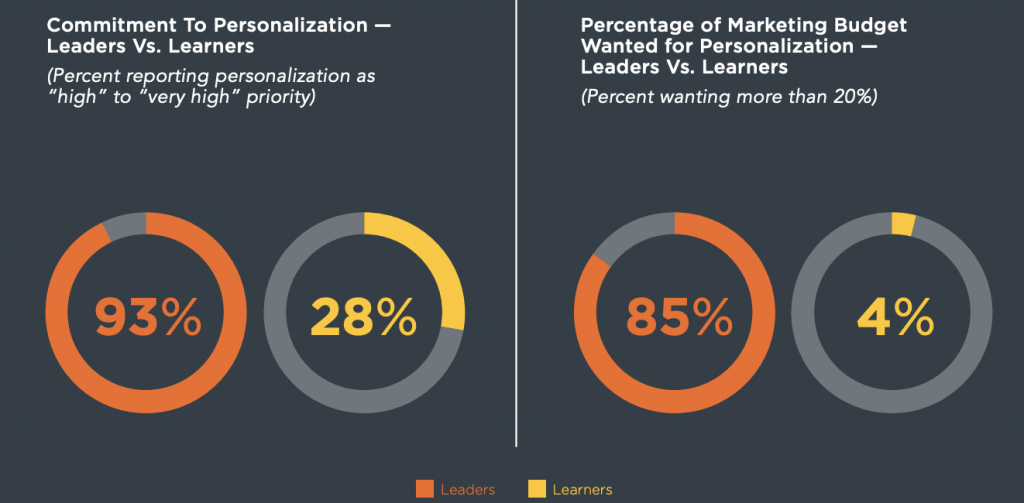Posted by: ClickZ
Posted on: 6/14/2019
It’s been a big news week for Amazon. The ecommerce giant’s shares have surpassed those of Walmart. Amazon announced the end of its restaurant delivery service, while launching a credit card an AI-powered recommendation service to improve personalization. Oh, and thanks to a 52% year-over-year increase in brand value, Amazon displaced Apple at the top of WPP and Kantar’s annual ranking of the most valuable brands in the world.
The latter two are certainly related. Available in a handful of regions for now, the recommendation service enables marketers to incorporate product recommendations and tailored search results on websites, in apps, and within content management and email marketing systems. It’s called Amazon Personalize, a nod to the company’s signature move.
Its sophisticated recommendation engine is responsible for 35% of Amazon’s revenue. And according to a recent survey of decision-making marketing leaders by Forbes Insights and Arm Treasure Data, Amazon isn’t alone there. Of the 200 executives surveyed, 40% said that personalization has had a direct impact on maximizing sales, basket sizes and profits in direct-to-consumer channels. Nearly as many reported that personalization has helped increase customer lifetime value and transaction frequency, and supported their loyalty program.
The chief challenges of personalization
Despite personalization’s correlation with business results, its implementation isn’t as widespread as one would think. Fewer marketers consider personalization an immediate priority, as opposed to something on next year’s roadmap. As a result, 46% of executives are not where they’d like to be.
True personalization requires omnichannel customer profiles, filled with rich data on people’s basic information (age, location) as well as their preferences and behaviors. That’s the challenge. Particularly poor data quality, silos and inability to locate the right data. Simply put, the more data there is, the more organizations have to invest in managing it and validating its sources.
One particularly important data set marketers have trouble understanding is their own. Many executives surveyed understand that personalization has strong ROI, they’re uncertain about how, which channels deliver the strongest ROI.
Shopping cart, email and mobile data are the most measured, though only 40% of marketers can actually track the metrics. Meanwhile, 67% reported difficulty calculating the ROI of website personalization. Even more staggering, 72% struggle to measure the personalization within customer service centers.
What sets the leaders apart
Forbes and Arm Treasure Data divided the marketing executives into two categories: learners and a much smaller group of leaders (21%). The latter, which contains a disproportionate number of retailers, has experienced outsize success, relative to the rest of the respondents. While more than two-thirds of the learners met last year’s revenue targets, only 15% have exceeded them. Meanwhile, 54% of leaders did.
The leaders are far more committed to personalization. Nearly all of them consider it a high priority, which translates to their marketing budgets.
Data is the challenge; it’s also the opportunity. Achieving those unified customer profiles calls for a sophisticated technology stack. The leaders are far more likely to have customer data profiles in place. As a result, they’re also more likely to have granular enough segments to support real-time personalization on all channels.
Another area where learners largely lag behind leaders is artificial intelligence. The executives seeing the best results from personalization are those who use AI to power it. Seventy-one percent use AI to scale personalization, while 57% of the learners said the same.
The post Personalization is powerful, but still not a priority for many marketers appeared first on ClickZ.



